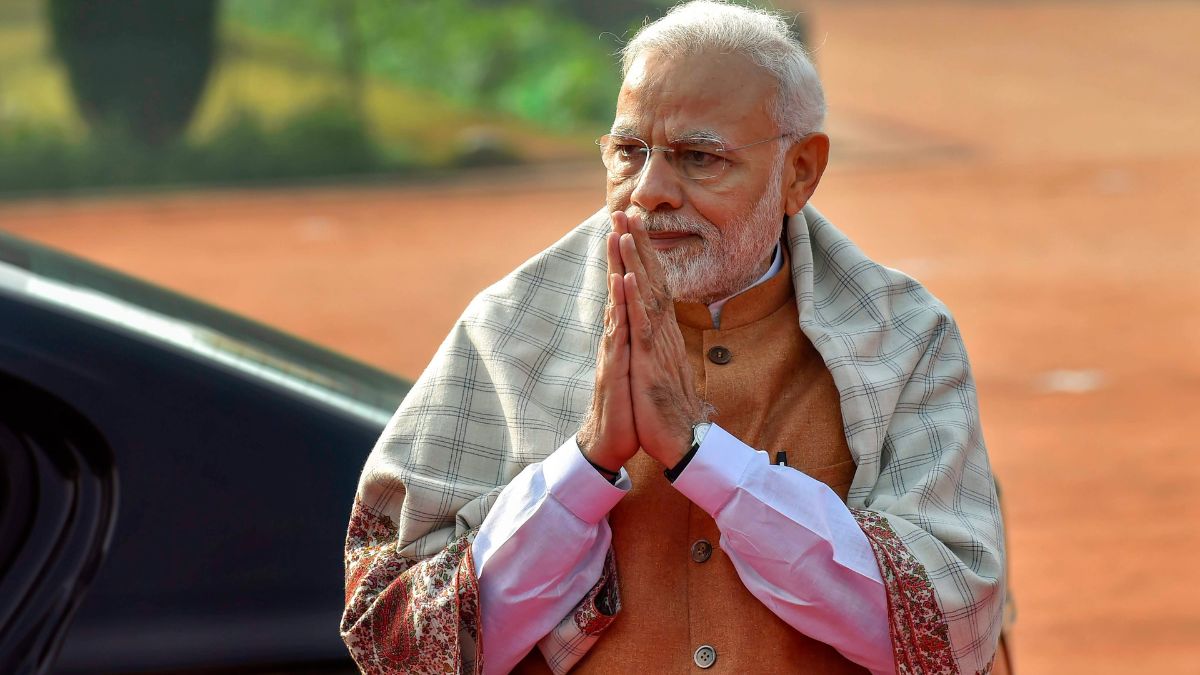Narendra Modi has become India’s second-longest-serving Prime Minister, with three consecutive terms. He has surpassed former PM Indira Gandhi’s record of 4,077 consecutive days in office.
The Bharatiya Janata Party (BJP) leader has added many feathers to his cap throughout his decades of political career. As he scripts history again, we take a look at PM Modi’s other records.
PM Modi breaks Indira Gandhi’s record
PM Narendra Modi ’s premiership has hit another milestone. On Friday (July 25), he completed 4,078 days as India’s PM in an uninterrupted stint.
Congress’ Indira Gandhi’s consecutive tenure from January 24, 1966 to March 24, 1977 was for 4,077 days.
With this, Modi has become the first non-Congress Prime Minister to achieve the feat. He is also the first Indian PM born after Independence and the longest-serving from a non-Hindi state — Gujarat.
Modi is also the first sitting Prime Minister since Indira Gandhi to return to power with a full majority.
Modi’s first tenure as India’s PM started on May 26, 2014, after the BJP won the Lok Sabha elections with a majority of 272 seats. The saffron party stormed to power again in 2019 with an improved tally of 303 seats.
In the 2024 Lok Sabha polls, the BJP failed to reach the halfway mark. But it formed the government with the help of its National Democratic Alliance (NDA) partners, ensuring a third straight term for PM Modi.
Impact Shorts
More ShortsIndia’s first Prime Minister, Jawaharlal Nehru, continues to hold the record as India’s longest-serving premier with 6,130 days in office.
Like Nehru led the Congress, Modi has steered his BJP to victory in three consecutive Lok Sabha elections.
A Historic Milestone for PM Narendra Modi 🇮🇳
— Dr Jitendra Singh (@DrJitendraSingh) July 25, 2025
On 25 July 2025, PM @narendramodi will complete 4,078 consecutive days in office — becoming India’s second longest-serving Prime Minister, surpassing Smt. Indira Gandhi’s 1966–77 tenure.
This is a single, uninterrupted tenure — a… pic.twitter.com/EAwBL5XDIz
Not just as PM, Modi has also achieved a milestone as Gujarat’s chief minister, serving the longest in office from 2001 to 2014.
“Modi is the only leader in India, among all PMs and CMs, to win six consecutive elections as the leader of a party — in Gujarat assembly polls in 2002, 2007 and 2012, and in the national elections in 2014, 2019, and 2024,” an official told PTI.
PM Modi’s list of honours
Another historic feat by Modi is that he is India’s first PM to be honoured with the highest number of international accolades.
From West Asia to Europe and Africa, Modi has been conferred with 24 globally recognised honours until now.
Recently, he was presented with the Officer of the Order of the Star of Ghana, the country’s highest national honour, for his “distinguished statesmanship and influential global leadership.”
Cyprus has honoured PM Modi with the Grand Cross of the Order of Makarios III, its highest civilian honour.
Other notable recognitions are the Order of King Abdulaziz from Saudi Arabia, the Order of Amanullah Khan from Afghanistan, the Order of the State of Palestine, the Maldives’ Order of the Distinguished Rule of Izzuddin and Bahrain’s King Hamad Order of the Renaissance.
PM Modi has also earned Egypt’s Order of the Nile and France’s Legion d’Honneur.
Former PMs Nehru, Indira Gandhi and Dr Manmohan Singh have each received two international distinctions during their time in office.
Longest I-Day speech
Last year, PM Modi delivered his longest Independence Day speech at 98 minutes, addressing the nation from the ramparts of historic Red Fort.
His Independence Day speeches have an average of 82 minutes, longer than any other Indian PM in history.
PM Modi’s second-longest I-Day speech was in 2016 when he spoke for 96 minutes, while his shortest speech was in 2017 at around 56 minutes.
In 2024, on the 78th Independence Day, PM Modi hoisted the tricolour on Independence Day and delivered a speech for the third time.
Before Modi, Nehru in 1947 and IK Gujral in 1997 delivered the longest I-Day speeches at 72 and 71 minutes, respectively.
With inputs from agencies


)

)
)
)
)
)
)
)
)



